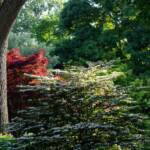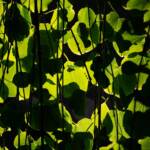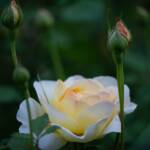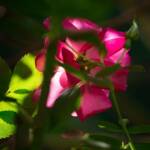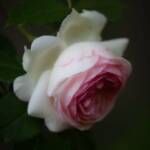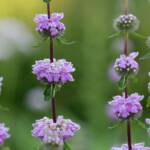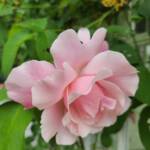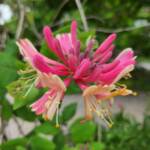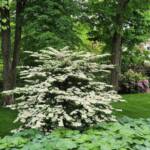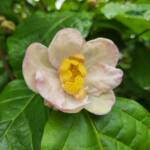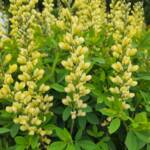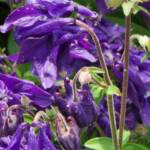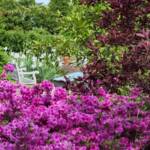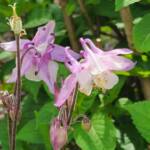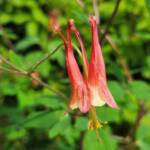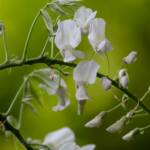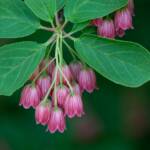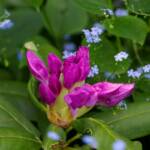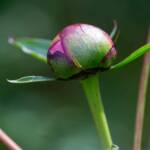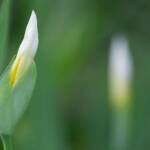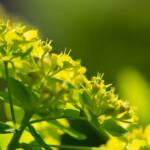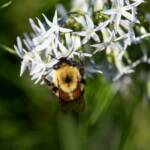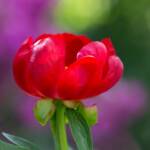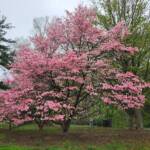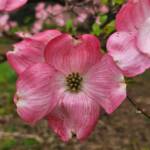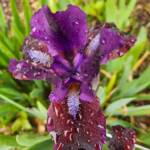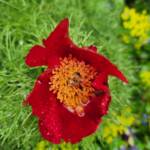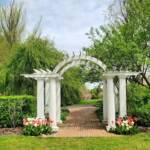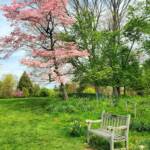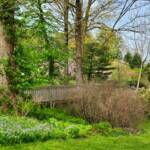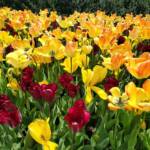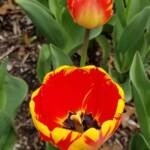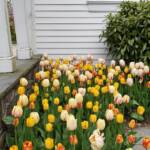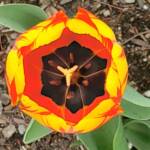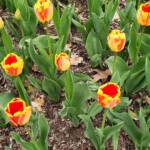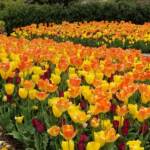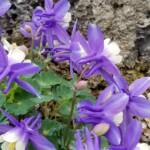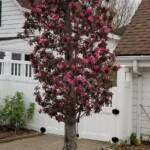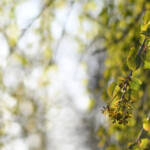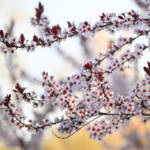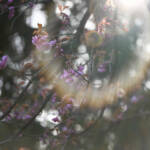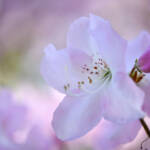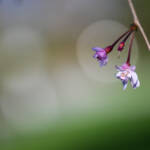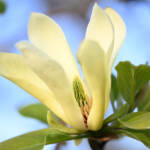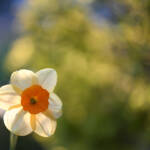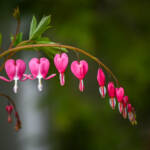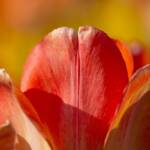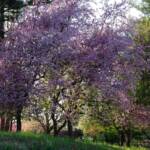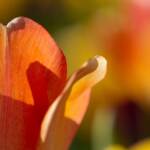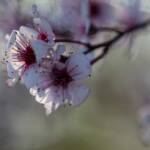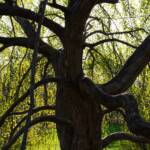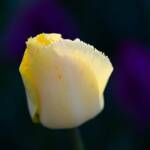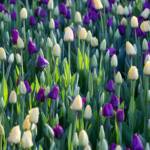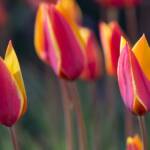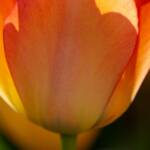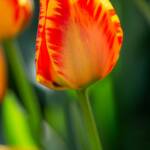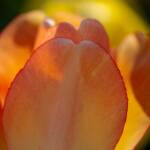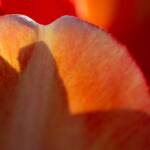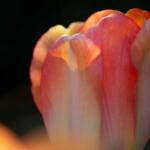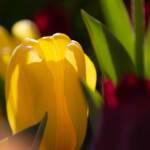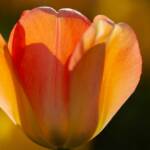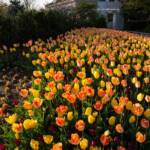Thanks to Steve Kanan for these lovely pictures of springtime at the Frelinghuysen Arboretum.
Today at the Arboretum – 5/25/22
Cool and cloudy weather today made for a pleasant stroll around the grounds. There were Gardeners working in the various flower beds, visitors wandering around enjoying the sights and lots of plants blooming in a variety of colors, textures and shapes. A beautifully blooming Viburnum plicatum (Doublefile Viburnum) emerging from a bed of Hostas, the gorgeous blossoms of a sweetly fragrant Rosa x cv. Mme. Gregoire Staechelin (Climbing Rose Cultivar), spikes of yellow Baptisia x sphaerocarpa cv.
Today at the Arboretum – 5/17/22
A lovely, sunny May day – so much to see and enjoy. Many different colors of Columbines are blooming in the gardens, as well as Azaleas and Irises surrounding a bench where you can rest and take it all in. The Tulip show may be over for this year, but do some exploration and discover your own beautiful blooms!
Picture credits: Margery Ennist.
Sunday Saunter – 5/15/22
Spring is in full bloom at the Frelinghuysen Arboretum, as captured in these beautiful pictures from frequent contributor, Steve Kanan.
Thanks as always for recording these for all to see.
Today at the Arboretum – 5/6/22
Mother Nature is showing us her very best, even on a cool, rainy day! Enjoy the photos of a Cornus florida rubra tree (Pink Flowering Dogwood) and flower closeup, Iris cv. Dark Vader and Paeonia tenuifolia (Fernleaf Peony).
Picture credits: Margery Ennist.
A Spring Visit by Litsa Balaska
Today at the Arboretum – 5/4/22
The Tulip show at The Frelinghuysen Arboretum has been truly spectacular this year, close up as well as from a distance. However, as we all know, all good things must come to an end, so as the show dwindles, please enjoy these lovely photos taken by Heather Emelander.
Today at the Arboretum – 4/27/22
Today at the Arboretum – 4/27/22
Another cloudy, cool day, but the Arboretum’s grounds are coming alive with lots of color, texture and scents to delight the senses. The Tulips at the entrance to the Haggerty Education Center have changed from an all yellow display to a beautiful combination of yellow, orange and a few deep red flowers; there is a miniature Aquilegia flabellata cv. Nana (Dwarf Japanese Columbine) blooming in the rock garden and a Malus ‘Maypole’ (Columnar Maypole Apple) is in full bloom in the vegetable garden. Make sure to visit soon, you won’t be sorry!
Picture credits: Margery Ennist.
Photos from Katharine Boyle – 4/25/22
Frequent contributor, Katharine Boyle sent these beautiful perspectives of Spring with this comment, “I finally visited my favorite arboretum again on Sunday, and here are some of my favorite images.”
Thanks for these images of spring at the Frelinghuysen Arboretum.
Sunday Saunter – 4/24/22
Enjoy these fine pictures of spring in its glory at the Frelinghuysen Arboretum from frequent contributor, Steve Kanan.
